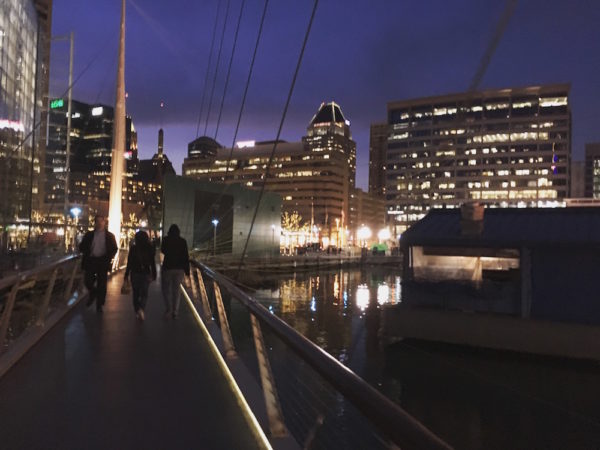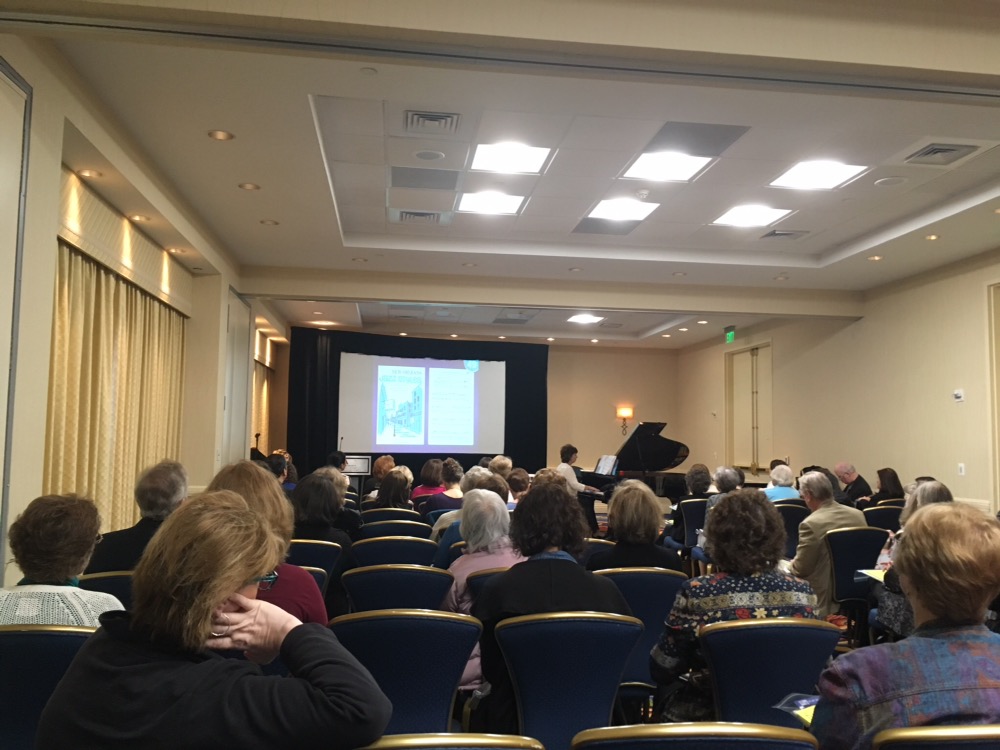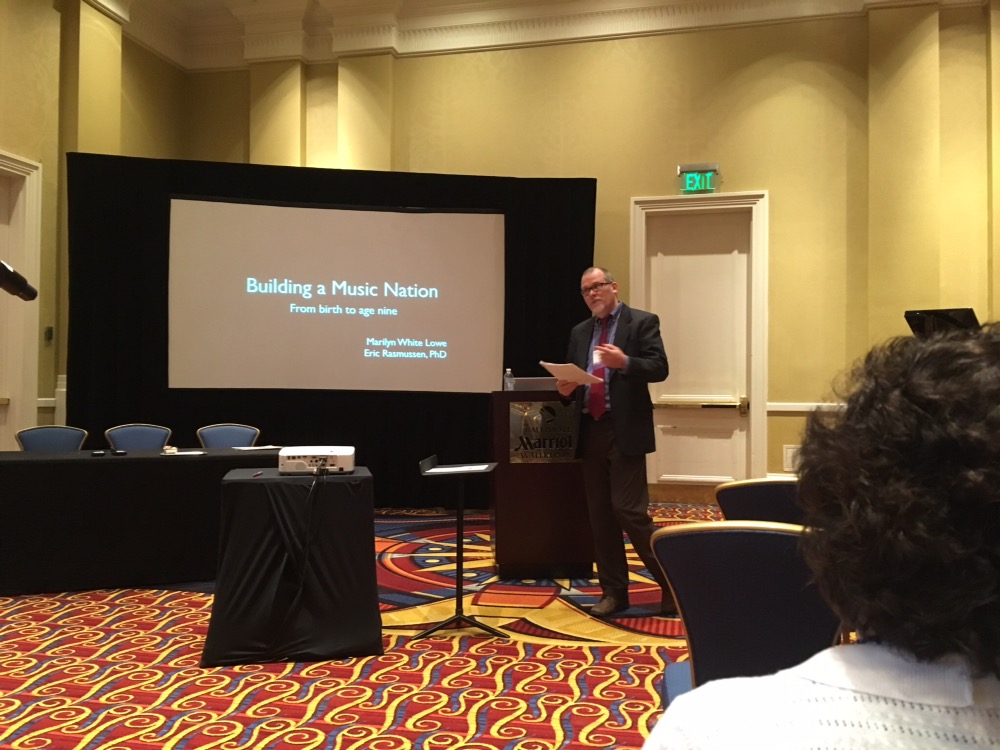[Click here to go back to Day 3.]
8:00am Showcase: Willis Music Company: Happy Birthday Mr. Gillock!
The Willis Piano Music showcase session celebrated the music of composer William Gillock and highlighted some new publications. One of the books I found interesting was the Accent on Two Pianos for 2 pianos, 4 hands, by William Gillock.
9:15am Plenary Session: David Cutler: SAVVY Studio Shakeup.
David Cutler gave a very engaging and entertaining presentation on entrepreneurship related to being a studio owner. Strategies for shaking things up in your studio:
- Feature Tweaking. This involves considering the traditional elements and shaking things up. When you think about the ways these elements typically work in music lessons, can you think how you could change up these elements? (The elements being perhaps: Meetings, characters, atmosphere, student role, listening, community, and technology.) Daniel shared a variety of examples and possibilities.
- Substantiation. First, consider the expected values, and then think about emphasizing them or shaking up your VALUES entirely.
- Amplification. Identify a current feature or value, and then multiply the role it plays. If we want to amplify that students play during a performance, we could have them write program notes, video intros, verbal intros, voting on the event’s theme, help with decorating, etc. Amplifying the audience’s role: they choose the program order drawn from a hat, audience members suggest parameters (loud, slow, staccato, high), improvisations, sight-reading recitals, sing-alongs, or a costume theme.
- Looking Beyond. Again, identify a current feature or value and take it off the table in order to imagine new options. Do a studio recording project, music videos (see Reubenvincent.uk), studio compositions project, music & art projects, field trip/retreat, social media project, community engagement, busking/flash mob.
- Canvas-Storming. Identify non-negotiable, and consider everything else as flexible.
11:00am Building A Musical Nation: From Birth To Age Nine, by Eric Rasmussen and Marilyn Lowe (not present due to illness).
Eric Rasmussen and Marilyn Lowe’s session explored what Music Learning Theory can do for us as music educators. After having experienced the GIML training last August, I was interested in hearing what would be covered in this session.
We are wired for music at birth – perhaps even more so than language, according to Daniel Levitin in his book. Between birth and age 3, the brain is producing 700 new neural connections every second. Starting early with music allows much more musical potential.
Edwin Gordon made profound contributions towards music education with his work. His work is not easily accessible, and so it is unfortunately not yet widespread.
Edwin Gordon’s Music Learning Theory (MLT) is not a theory on how to teach music. It is a theory on how children LEARN music. Once you understand how children learn music, you can optimize the way you teach.
Why are we teaching theory to children before they are actually musical? Instead, “audiation” can be the chief focus of our teaching. If our students are not audiating, they are trying to take theoretical info FROM the page. If they can, they are able to bring musical meaning TO the page.
Early childhood should be about singing, chant, and moving. Be sure to sing in all tonalities and meters. We learn through differences. We don’t teach the colors one at a time. We experience them all and then learn through discrimination.
Music education can consist of singing tonal patterns and chanting rhythm patterns, looking much like language acquisition. This builds vocabulary.
2:15pm You Can Count On It: Developing Artistic Counting, by Dale Wheeler.

Dale’s session shared a variety of rhythm quotes from important books on piano playing as well as from famous pianists/composers. Then, he shared a variety of examples of alternate ways to count certain passages (for example, counting across barlines or counting the small subdivisions) in the piano repertoire in order to create more effective or expressive performance.
More fun in the exhibit hall with friends both old and new.

After hitting a sushi restaurant for dinner, I joined some friends explore Baltimore’s harbor area. Beautiful!

Stay tuned for my notes on Day 5.
[Click here to go to Day 5.]






1 thought on “MTNA 2017 (4): Tuesday, March 21”